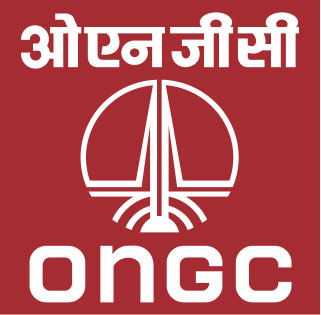Navigation Menu
- Home
-
About Us
- ONGC at a Glance
- ONGC Group of Companies
- Vision and Mission
- Our Growth Story
- Board of Directors
- Board Level Committees
- Chief Vigilance Officer (CVO)
- Core Business Expertise
- New initiatives in Energy
- Organogram
- Technology
- Subsidiaries
- JVs
- Performance
- Recognitions and Ranks
- Contact us
- Interface
-
Institutes
-
IDT
- About IDT
-
Well Control School
- About Well Control School
- IWCF-RD Course
- IWCF-WIP Course
- IADC Wellsharp Driller & Supervisor Course
- Introductory IWCF & IADC Well control Rotary Drilling courses
- Introductory Well Servicing Course
- IADC Well Sharp Well Servicing Workover Course
- Course Fees and Bank Details
- Schedule
- Results
- Online Payment
- Contact detail & course fee
- Candidate Registration Guide
- Drilling Technology School
- KDMIPE
- CEWELL
- GEOPIC
- IRS
- INBIGS
- IOGPT
- IPEOT
- IEOT
- Advanced Training Institute (ATI)
- IDT
- SMP
- ONGC Academy
-
IDT
- In touch
- History
- Material Management
- ONGC Sports
- Offshore Engineering Services-Vendor Check List
- Sustainability
- CSR
-
Investors
- Shareholding Pattern
- Dividend Information
- AGM
- Policies
- Notice
- Investor Contacts (Investor Grievance Redressal)
- Independent Directors
- Annual Reports
- Investor / Analyst Presentation
- Intimation to Stock Exchange(s)
- IEPF Details
- Performance
- KYC Updation Forms
- Credit Rating
- Annual Return
- Non - Convertible Debentures (NCDs)
- Loss of share certificate(s)
- 31st AGM - Inspection Documents
- ODR Portal for Investors
- Memorandum and Articles of Association
- Media
- Career
- Pay
- Inauguration
- Northeast Gas subsidy
- Sea Survival Training
- Net Zero
- 31st Inspection
- 31stAGM
- ONGC-Documents
- Forex Bank Empanelment
Latest Tweets
Asset Publisher
Statistical Technique, Sedimentary Basin, Aspect Analysis, Correlation
Author: Supriya Chopra, S.P. Agarwal, Shefali Sayana, Nidhi Srivastava and Harvir Singh
Abstract - Knowledge of the natural geochemical variability is essential for the proper resolution of petroleum macro and micro-seepage and addressing various environmental issues. The geochemical survey generally generates the huge data set and to comprehend or identify the anomalous zones, definition of background values, in contrast to baseline values, is very important, but statistical techniques like mean, mode, median and standard deviation is not always suitable for huge data set where number of variables are more so an attempt is made to resolve that huge data set problem with different statistical technique that is aspect analysis. This methodology is applied where the set of variables are independent whereas existing statistical methodology (mean, mode, median and standard deviation) is applied where the variables are sub-set (interdependent) of each others. The aim of this study is to demarcate the geochemical background / baseline value and anomalous values of trace metals in sediment samples using aspect analysis. It proved very useful in defining the baseline values by defining various contributors and their relationship with the other contributors.

